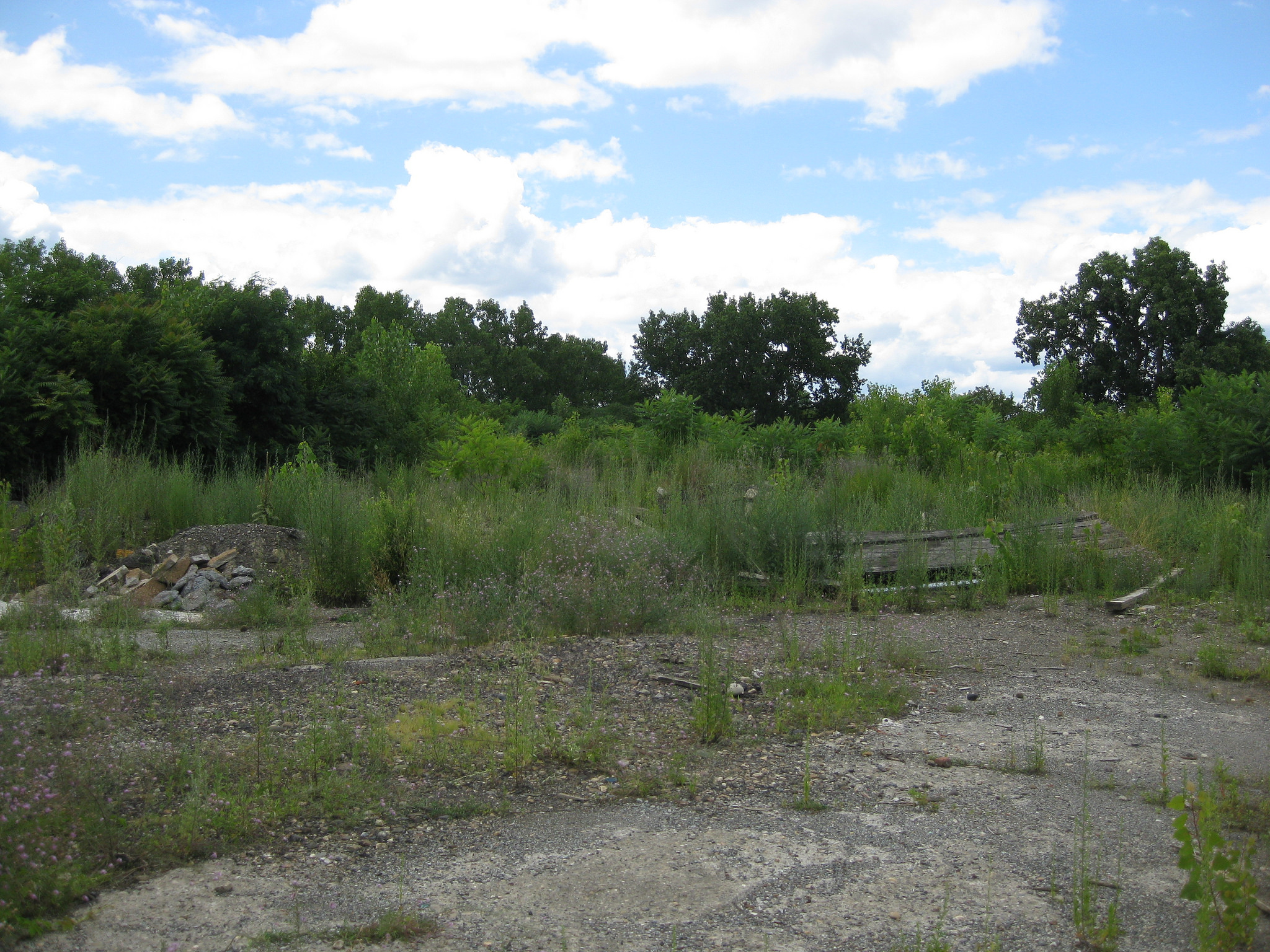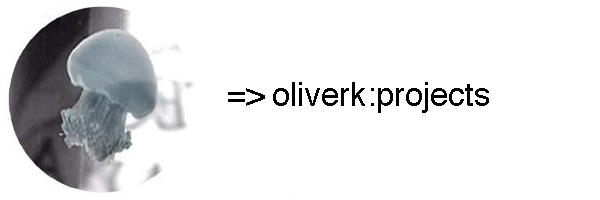
N.B! This has been rescheduled to May 14th from the original April 22nd date due to a family emergency.
So sorry for any inconvenience.
I'm giving a workshop on postindustrial ecologies at the Sanctuary for Independent Media in Troy, NY.
Please check the Sanctuary website for the exact times.
Here is the blurb describing what is supposed to happen:
Stretching from Troy to the New York harbor, the Hudson River’s estuary has played an integral part in the rise and fall of America as a vast industrial power. Its waters and surrounding landscapes have been heavily impacted since the earliest days of the Industrial Revolution and there are troubling legacies of persistent pollutants such as the the PCBs left behind by the General Electric manufacturing plant at Hudson Falls. Yet there are signs of regeneration, if one knows where to look. Abandoned factory landscapes called brownfields harbour surprising biodiversity as the man-made habitats they contain mimic prairies and savannahs, cliffs and gravel banks. The post-industrial flora and fauna that thrives in these disturbed sites comprises a ‘hyper-ecology’ - a fascinating mix of natives and exotics, pioneer species, habitat opportunists and a range of other organisms that benefit from conditions that are significantly hotter, more alkaline and less fertile than the primeval ecosystem so long ago obliterated. With the decline in industrial activity and the enforcement of laws governing the discharge of pollutants, aquatic ecosystems too are showing signs of recovery, despite significant challenges. Who would have thought even a few decades ago that humpback whales could once again be seen feeding in the East River just off Gracie Mansion?
In his talk and workshop, ecological artist, writer and activist Oliver Kellhammer will frame post-industrial ecologies as sites of renewal and the emergence of novel processes. In collaboration with artist Kathy High, he has been compiling a field guide to the biodiversity of the brownfields of Troy and has been experimenting with strategies for bioremediating contaminated soils in the area using a combination of fungi and plants.
projects:
events:
-
Thursday, March 20, 2025 - 12:00 - 13:00
-
Tuesday, April 26, 2022 - 03:30 - 16:30
-
Friday, April 1, 2022 - 18:00 - Monday, April 4, 2022 - 12:00
-
Friday, April 1, 2022 - 09:00 - Sunday, July 31, 2022 - 17:00
-
Wednesday, December 8, 2021 - 21:45 - 22:45
-
Friday, November 5, 2021 - 13:45 - 16:00
-
Tuesday, October 12, 2021 - 13:30 - 14:15
-
Monday, June 28, 2021 - 10:00 - 11:00
-
Thursday, March 19, 2020 - 12:00 - Sunday, March 22, 2020 - 00:00
-
Friday, October 25, 2019 - 21:00 - Sunday, October 27, 2019 - 23:00
-
Thursday, August 1, 2019 - 12:00 - Wednesday, October 2, 2019 - 00:00
-
Friday, April 26, 2019 - 21:30 - Saturday, April 27, 2019 - 00:30
-
Friday, March 29, 2019 - 23:00 - Sunday, March 31, 2019 - 21:00
-
Sunday, June 24, 2018 - 12:00 - Saturday, July 7, 2018 - 22:00
-
Friday, June 22, 2018 - 12:00 - Sunday, September 30, 2018 - 20:00
-
Saturday, June 9, 2018 - 12:00 - 19:00
-
Saturday, May 19, 2018 - 15:00 - Sunday, November 11, 2018 - 22:00
-
Sunday, April 22, 2018 - 13:00 - 23:00
-
Friday, April 13, 2018 - 22:00 - Sunday, April 15, 2018 - 17:00
-
Friday, January 26, 2018 - 09:30 - 11:00
-
Saturday, July 1, 2017 - 03:00 - Sunday, August 27, 2017 - 03:00
-
Friday, May 26, 2017 - 12:00 - Saturday, May 27, 2017 - 15:00
-
Sunday, May 14, 2017 - 13:00 - 17:00
-
Sunday, April 30, 2017 - 20:00 - 22:30
-
Sunday, April 9, 2017 - 18:00 - 20:00
-
Tuesday, November 15, 2016 - 14:00 - 16:00
-
Tuesday, April 12, 2016 - 17:00 - 18:30
-
Tuesday, March 1, 2016 - 12:00 - Monday, June 6, 2016 - 21:00
-
Thursday, February 25, 2016 - 14:15 - 14:30
-
Tuesday, February 16, 2016 - 14:15 - Wednesday, February 17, 2016 - 00:45
-
Wednesday, December 2, 2015 - 22:00 - Sunday, December 6, 2015 - 22:00
-
Saturday, November 21, 2015 - 19:00 - 21:00
-
Friday, September 18, 2015 - 03:00 - Monday, December 7, 2015 - 02:59
-
Saturday, May 16, 2015 - 16:00 - 19:00
-
Friday, April 17, 2015 - 19:00 - Saturday, April 18, 2015 - 22:00
-
Wednesday, February 25, 2015 - 03:00 - Wednesday, March 25, 2015 - 03:00
-
Tuesday, November 11, 2014 - 20:00 - Wednesday, November 12, 2014 - 00:00
-
Monday, September 22, 2014 - 12:00 - Sunday, September 28, 2014 - 02:00
-
Wednesday, July 30, 2014 - 12:00 - Monday, August 4, 2014 - 01:00
-
Tuesday, July 22, 2014 - 13:00 - Friday, July 25, 2014 - 19:00
-
Wednesday, March 19, 2014 - 21:00 - 22:00
-
Saturday, March 15, 2014 - 12:00 - Friday, March 28, 2014 - 12:00
-
Thursday, March 6, 2014 - 19:00 - 21:00
-
Tuesday, February 25, 2014 - 14:00 - 15:15
-
Friday, October 25, 2013 - 11:30 - Saturday, October 26, 2013 - 19:00
-
Saturday, September 28, 2013 - 20:30 - 23:30
-
Monday, September 16, 2013 - 03:00 - Wednesday, September 25, 2013 - 02:59
-
Sunday, May 26, 2013 - 18:00 - 21:00
-
Saturday, May 25, 2013 - 14:00
-
Thursday, May 9, 2013 - 18:00
-
Thursday, February 21, 2013 - 22:00 - Friday, February 22, 2013 - 00:00
-
Thursday, February 7, 2013 - 17:00 - 19:00
-
Tuesday, December 4, 2012 - 22:30
-
Sunday, September 30, 2012 - 21:30 - Monday, October 1, 2012 - 00:00
-
Wednesday, September 26, 2012 - 20:00 - Thursday, September 27, 2012 - 00:00
-
Saturday, August 25, 2012 - 16:00 - 19:00
-
Friday, June 1, 2012 - 14:00 - 16:00
-
Friday, February 17, 2012 - 21:00
-
Thursday, January 26, 2012 - 15:00 - 17:00
-
Friday, November 18, 2011 - 21:30 - Monday, November 21, 2011 - 00:00
-
Sunday, September 18, 2011 - 13:00
-
Saturday, September 17, 2011 - 13:00 - 17:00
-
Saturday, June 25, 2011 - 13:00
-
Thursday, June 23, 2011 - 22:00
-
Wednesday, June 22, 2011 - 22:00
-
Thursday, May 5, 2011 - 22:00
-
Thursday, October 28, 2010 - 22:00 - Friday, October 29, 2010 - 01:00
-
Tuesday, June 1, 2010 - 21:00 - Wednesday, June 2, 2010 - 00:00
-
Friday, April 16, 2010 - 23:00
-
Wednesday, March 31, 2010 - 22:00 - Thursday, April 1, 2010 - 00:00

